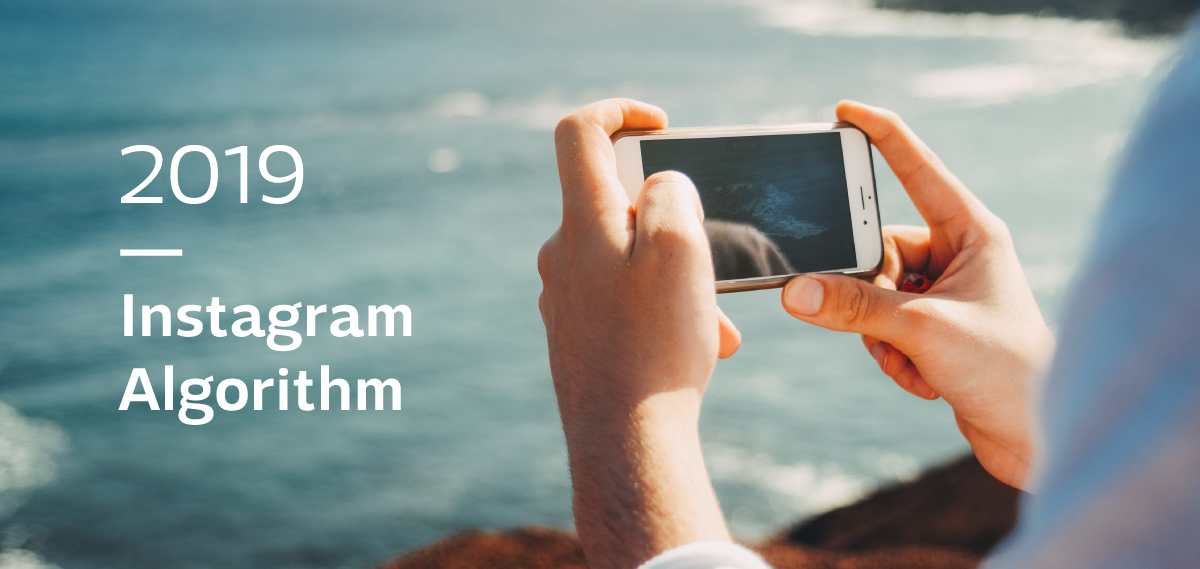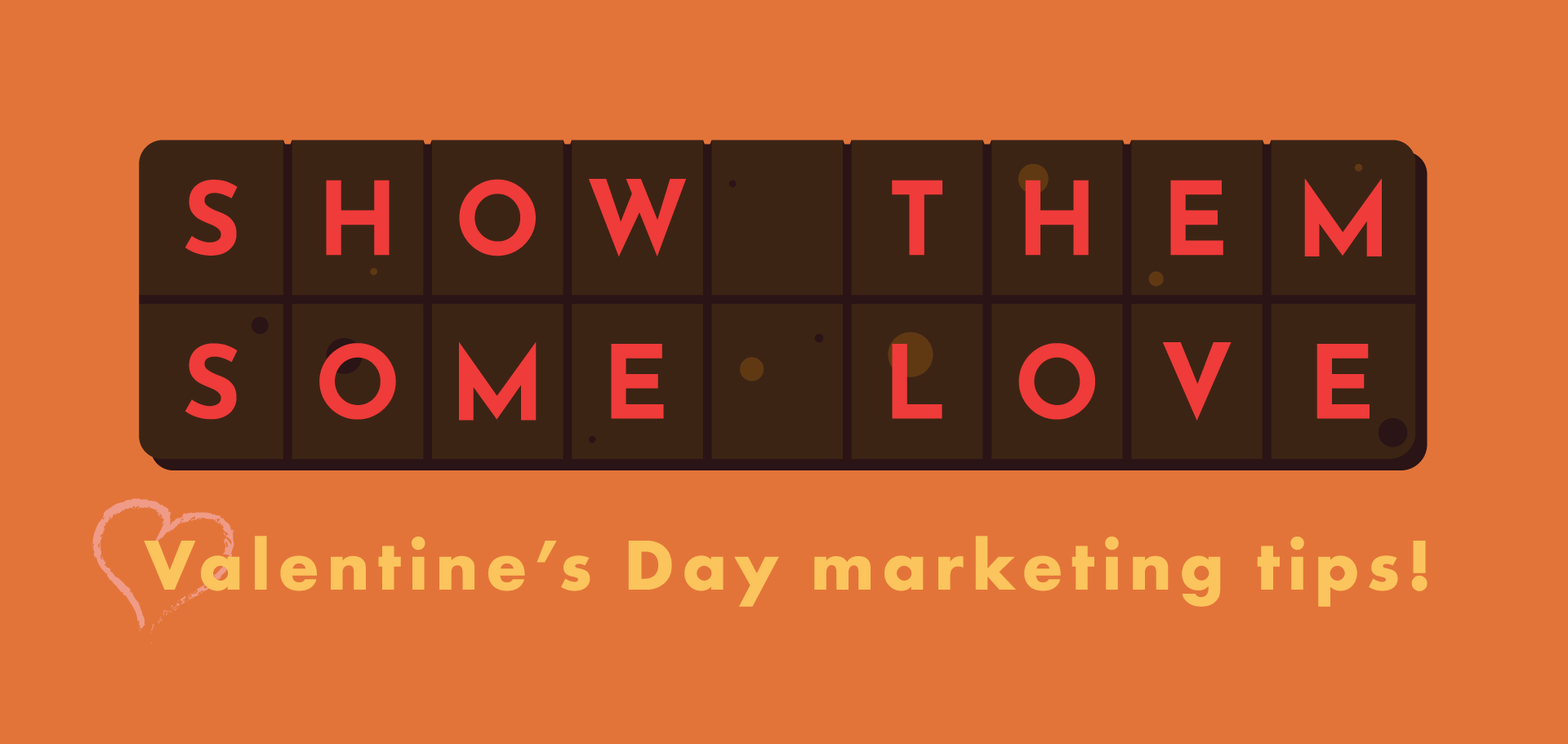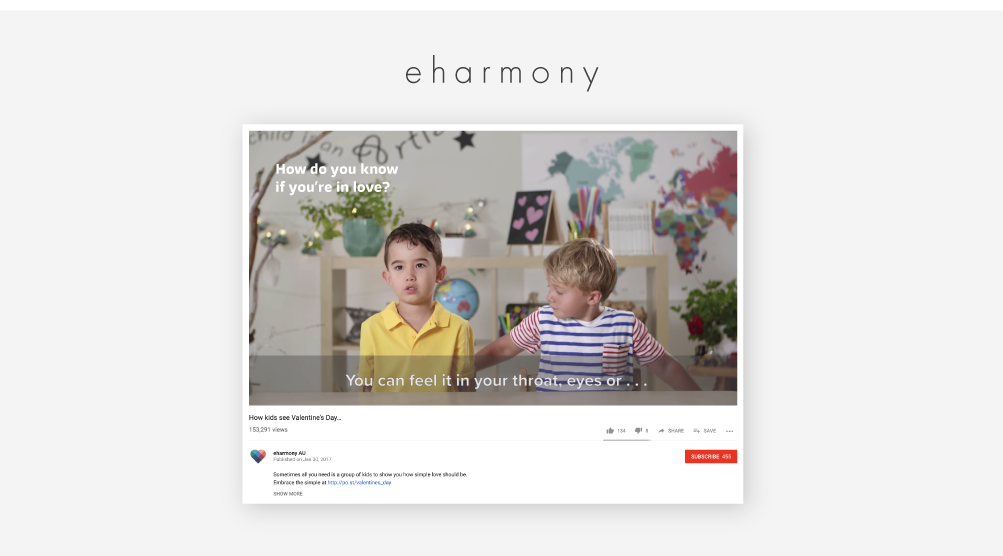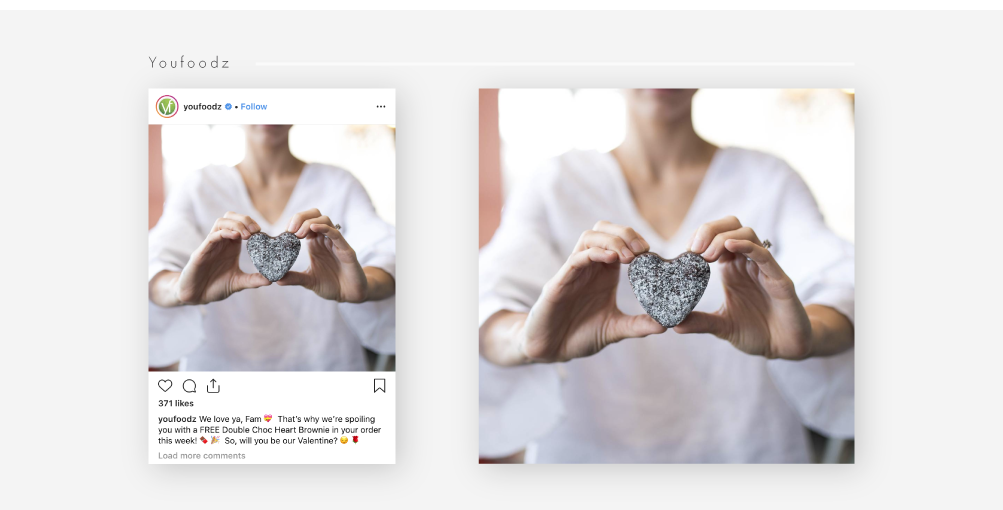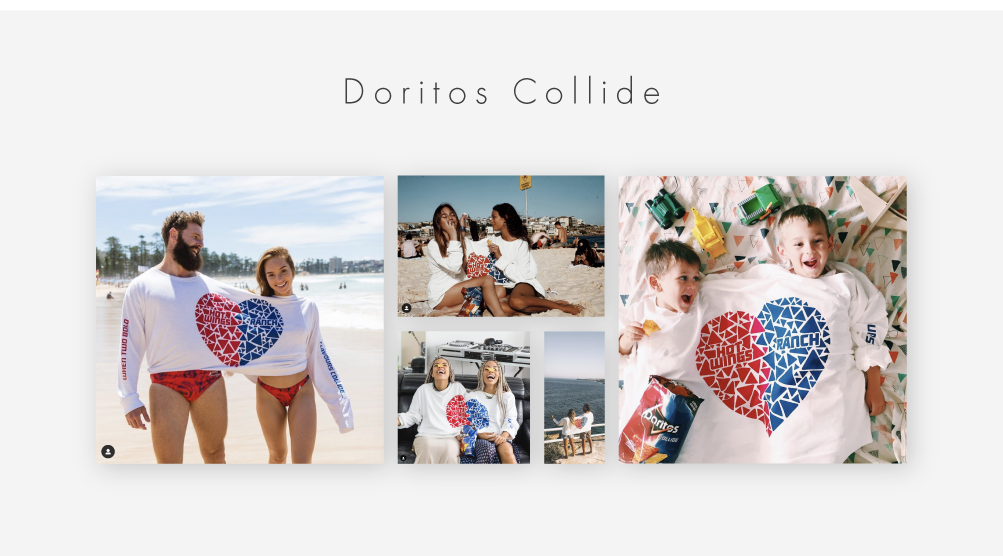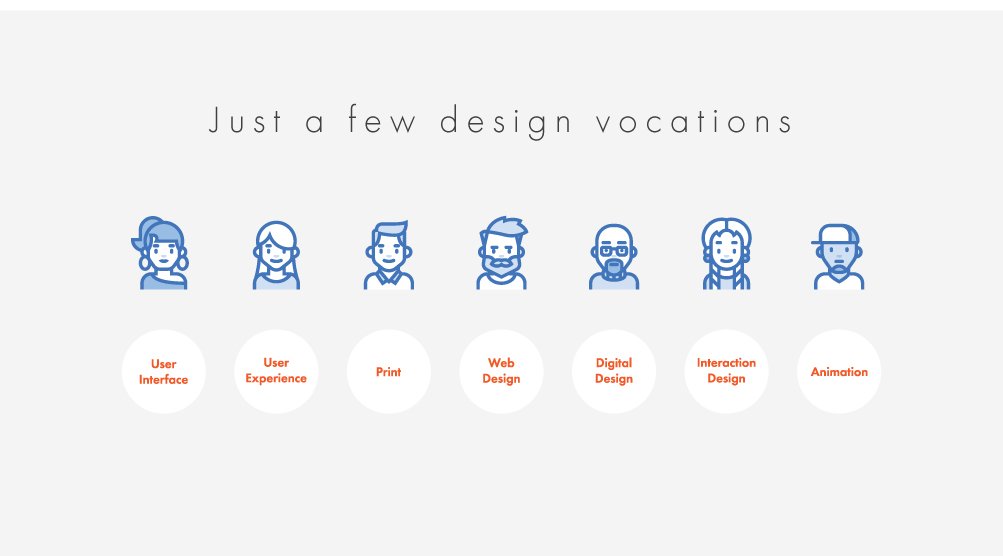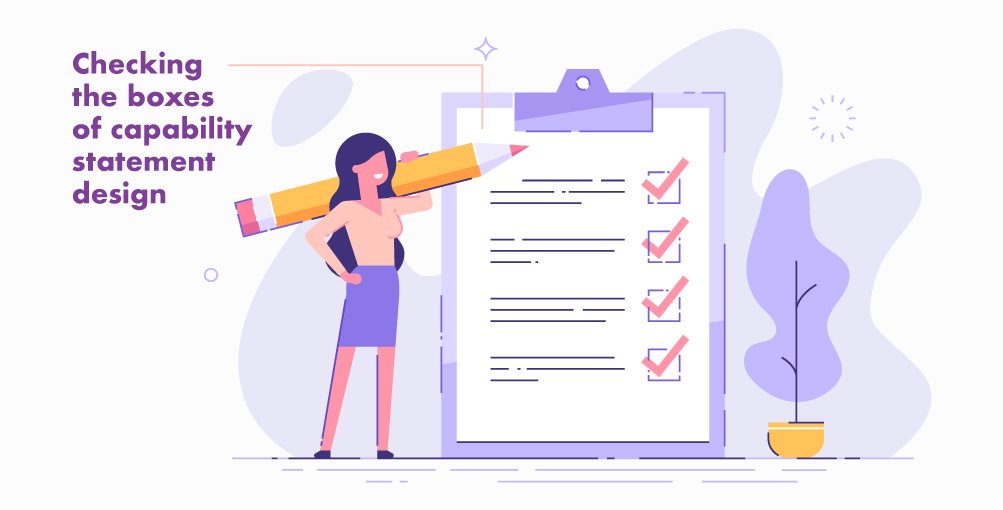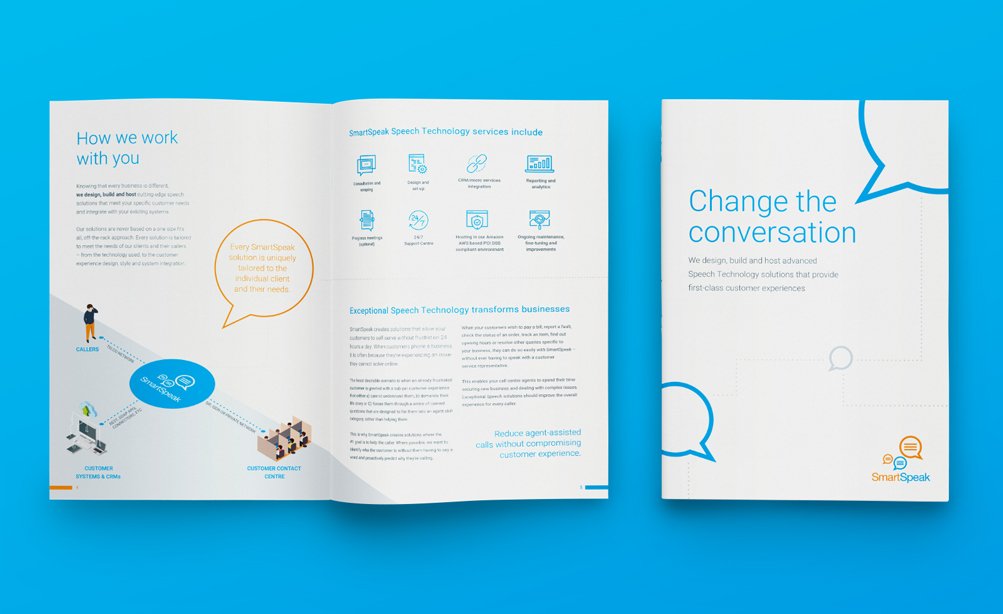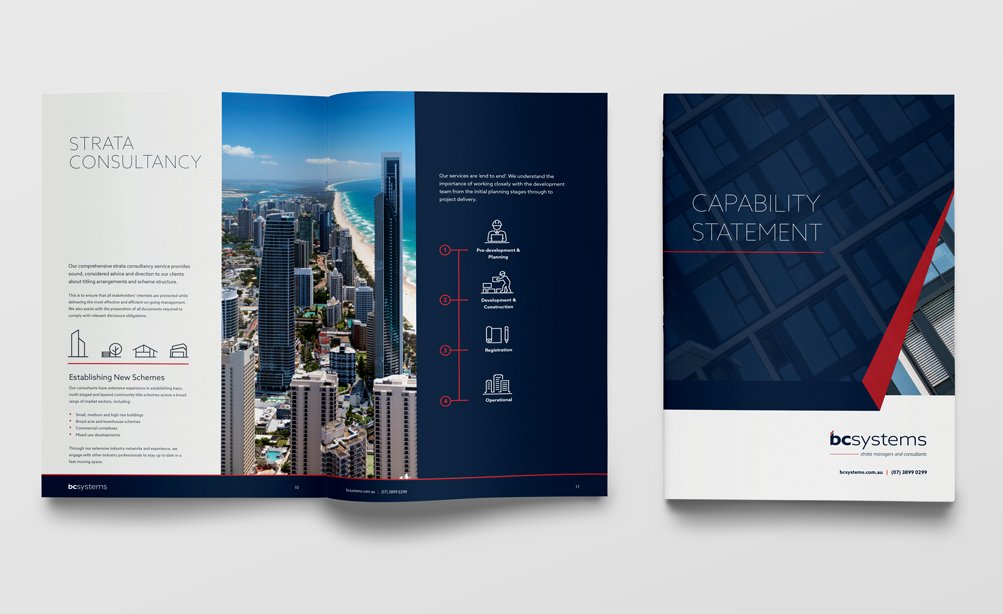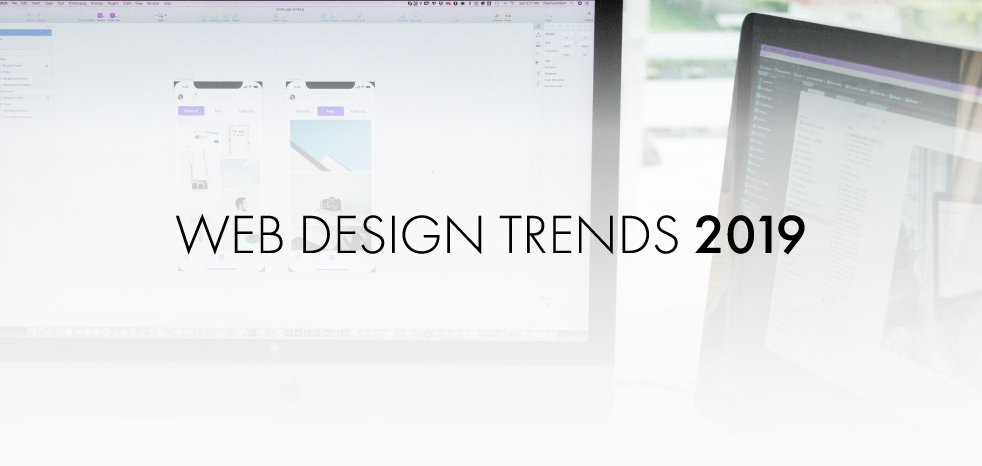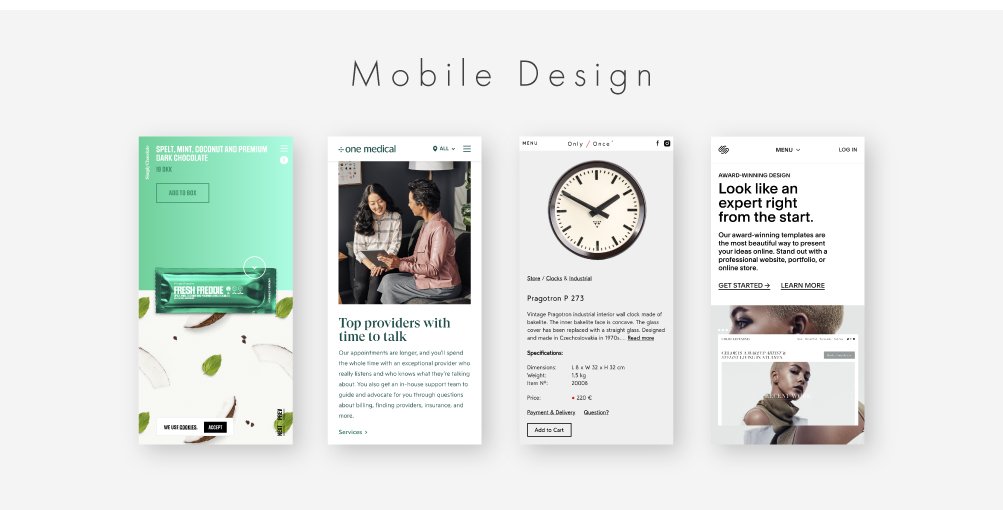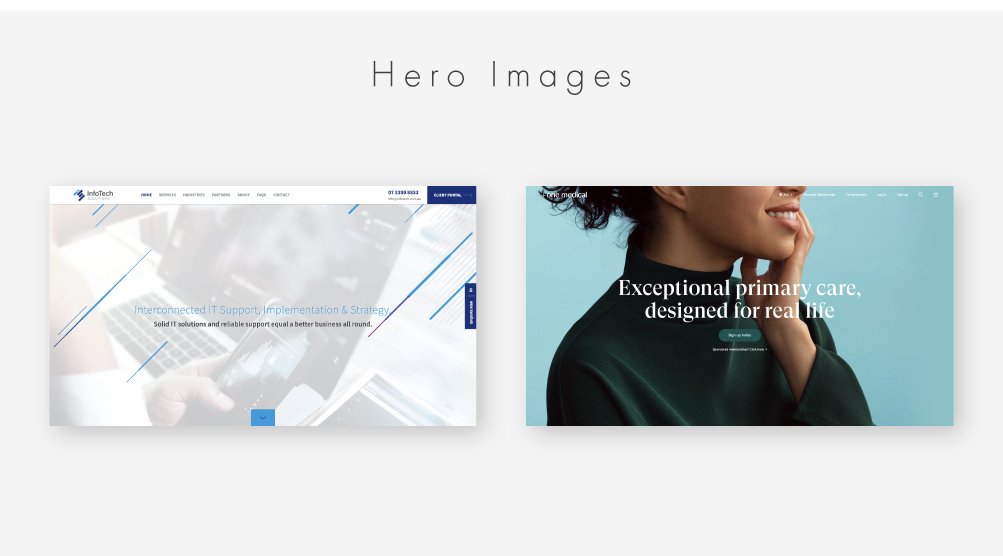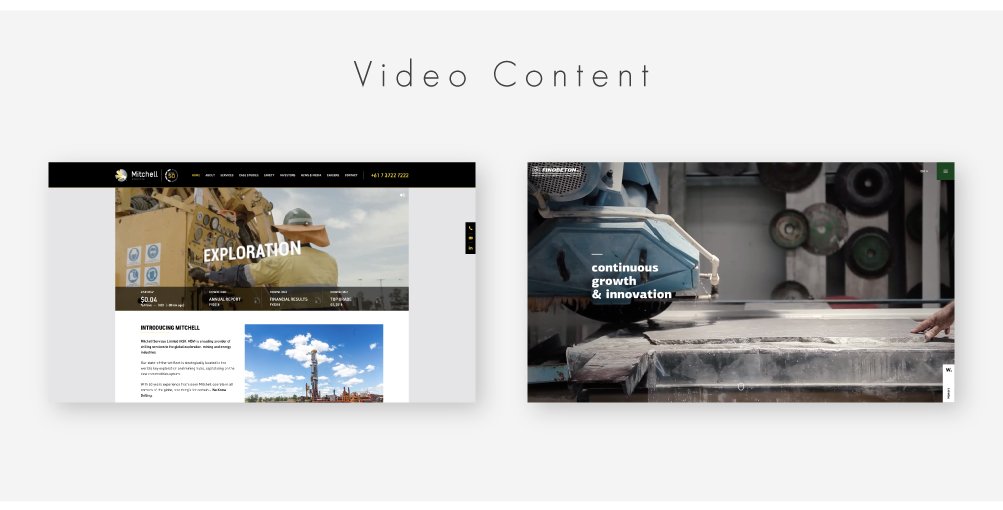There’s been a lot of speculation recently around the alleged ‘2019 Instagram algorithm change’ that’s come into affect. Perhaps you’ve noticed influencers you follow begging and pleading with Instagram to restore order, saying things like ‘Why is my engagement so low?’, ‘Only 7% of my followers are seeing my posts!’ and ‘Where are my missing stories?’
Our account has 21K+ followers and we can’t say we’ve noticed anything different, but then again we don’t live every moment on Instagram (unlike influencers). When we looked into the supposed 2019 Instagram algorithm change, we waded into a sea of contradictory info.
Some articles insist there has definitely been a change that’s having a dramatic effect on engagement. Others swear that the famous 2019 Instagram algorithm change is nothing more than a rumour. Clearly we’re not Instagram, but our understanding is that there hasn’t been a change – and that’s come from the horse’s mouth!
Instagram algorithm change or mass delusion?
In an uncharacteristic display of candour, the company addressed swirling rumours about the 2019 Instagram algorithm on Twitter.
The upshot was that what shows up first in your feed is based primarily on your own activity.
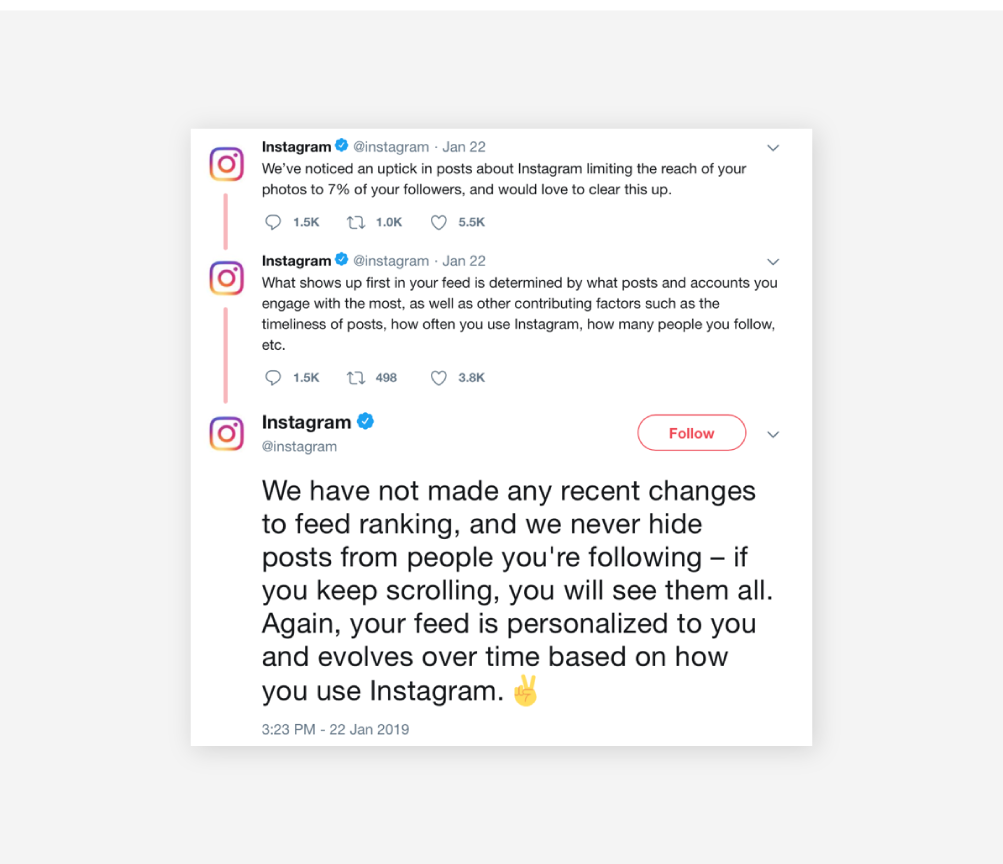
Our verdict? It’s business as usual with the 2019 Instagram algorithm. Nothing’s changed – except that people’s experiences with Instagram are evolving based on how they use the app. That said, we do admit it’s very strange that so many influential accounts suspected that something was up. Hmm.
Anyway, given the ‘no change’ verdict, we thought it might be a good time to recap on how the old change (remember in 2016 when everyone freaked out about things not being chronological any more?) works. This still applies to your current account.
The 2016 change, similar to Facebook’s 2018 ‘family and friends’ change, adjusted your feed to prioritise “the moments you care about”. Translation: the accounts you interact with most.
Posts have been shown ‘out of order’ ever since. Unless you’re actively engaging with posts, Instagram won’t recognise this as an account you want to see more from. Here’s an example: you might follower an influencer, love seeing their posts but never like or leave a comment. On the other hand, Instagram will prioritise that long-lost cousin whose posts you comment on all the time.
So essentially, the more Instagram thinks you’ll like a post, the more prominently that account will appear in your feed. Algorithms are clever things and there’s much more to it than that. Factors such as timeliness (IG prioritises recent posts over old ones) interact with the relationship you have with the poster (if you engage with someone’s posts a lot, Instagram will assume they’re family or friends).
The more you use Instagram, the more personalised it becomes. This isn’t even a ploy from Instagram to get you to use the app more – it’s just how this form of intelligence works.
As with any marketing or advertising initiative, we’re not fans of trying to ‘trick’ platforms or ‘get around’ algorithms here at Sketch Corp. There are no sustainable shortcuts. What we do encourage is building legitimate, authentic engagement over time off the back of great content. Slow and steady it may be, but if you do it right it will happen. It’s a long-term game. Enjoy the process.

